Welcome to the Map Room Finance Target Operating Model Practice, where we have experienced practitioners able to support you in answering the essential question of “how do I improve my Finance Function?”
Through an effective Operating Model Review, you would be provided with a ‘blueprint’ Finance Target Operating Model, identifying how to enhance Capability, Culture, Control, and subsequently reduce Costs.
CAPABILITY
Enhancing the capability of a Finance function often involves investment in technology, or at the very least, an improvement in processes through mapping, review, adjustment, and training. But, to deliver the full benefit (built into their business case) from these approaches, first there must be a clear distinction made between the ‘capabilities’ of business partnering, financial planning & analysis and financial control (and other centres of expertise), and the operational excellence within finance shared services. Only by doing so can clear accountabilities be set for each ‘capability’, processes be de-fragmented (so teams specialise in a ‘capability’), and performance measured against ‘capability’ specific KPIs to demonstrate how that ‘capability’ supports the delivery of business objectives.
A more comprehensive operating model review can also consider where programme benefits, or direct investment, can be made into these ‘capabilities’. Whether this be increased resource, or improved skill sets, it provides the opportunity to deliver small scale continuous improvement, which can be more cost effective than larger scale technology programmes. Especially where ‘quick wins’ can be identified.
CULTURE
Often under-estimated, all change impacts culture. A Finance Operating Model Review actively seeks to identify where this cultural change is required. It considers accountability, where it sits, it’s clarity, how it is cascaded, and how management systems within the Finance function supports it. The review also looks to embed continuous improvement. Not just as a good intention, but as an integral part of everyone’s role, with the frameworks, resource and governance to ensure effective delivery. And then, given the clear separation of ‘capabilities’, the practices and engagement that underpin the existence of a ‘one team’ culture.
CONTROL
Building further on the theme of accountability already seen within the previous elements of a Finance Operating Model Review, end-to-end process ownership is defined. This tackles the occurrence of ‘unintended consequences’ as the business sets requirements which may or may not directly impact Finance, but whose implications frequently reach into Finance processes. Setting out this ownership not only supports the continuous improvement agenda through sponsorship and governance of change, but this inherent control of processes can also reduce both the internal and external audit overhead.
Similarly, the definition of ‘capabilities’ and the de-fragmentation of their processes within individual finance teams materially contributes to the reduction in ‘segregation of duty’ failures, and the erosion of control through process ‘hand-offs’.
COST
Whilst a key driver of change, cost reduction is implicit within all other elements of the Finance Operating Model Review. Rather than taking a damaging ‘hatchet’, or even a ‘scalpel’, and cutting cost out of the function, without truly understanding the knock-on impacts, a Finance Operating Model Review relooks at the fundamental building blocks of the function to consider how ‘more can be delivered with the same resources’, or how ‘the same can be delivered with less’.
A key part of any such review is the documentation of measurable benefits. For example, this is most often tracked down to the level of individual FTE reductions, and grading changes. This level of detail and scrutiny can then underpin the case for re-investment into Finance ‘capabilities’ which drive increased value for the business.
Map Room Consulting is your trusted partner for a Finance Operating Model Review, whether that be an initial review to build the case for change or delivering the defined steps of a Target Operating Model project.
Contact us today to discuss how our experienced practitioners can help you improve your Finance function with sustainable change.
Initial Finance Operating Model Review outputs:
Problem Statement – consolidating key stakeholder input into the reasons for change.
Strategic Goal Alignment – revised vision and mission, with documentation of Design Principles with which to constructively challenge design decisions.
Current Operating Model vs Target Operating Model – setting out the ‘levers being pulled’.
Capability Map – drawing the distinct ‘capabilities’ and their process ownership.
Organisation Chart – giving a more detailed view of the level of change expected.
Case for Change – initial business case and change options.
High Level Plan – potential transition states, next steps, and quick wins.
Engagement Pack – for approval and funding.
